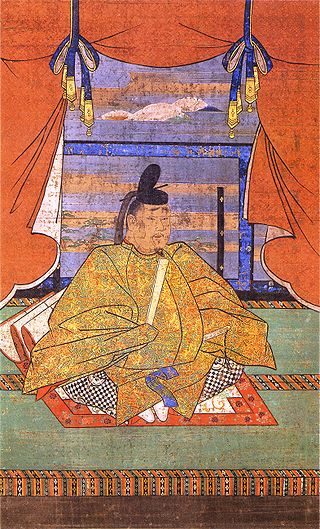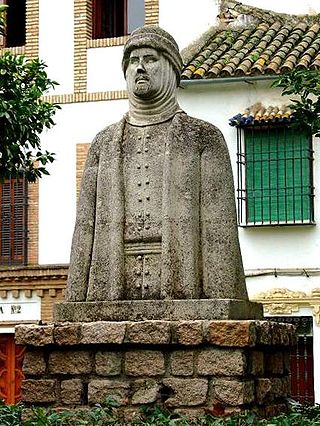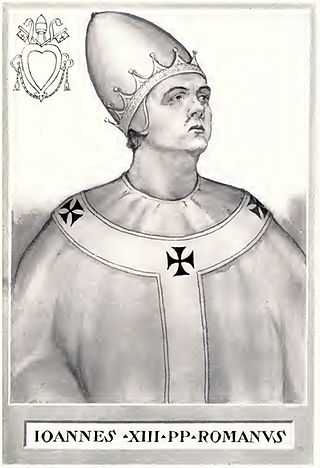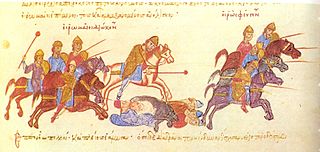The 960s decade ran from January 1, 960, to December 31, 969.
The 970s decade ran from January 1, 970, to December 31, 979.
The 980s decade ran from January 1, 980, to December 31, 989.

Year 969 (CMLXIX) was a common year starting on Friday of the Julian calendar, the 969th year of the Common Era (CE) and Anno Domini (AD) designations, the 969th year of the 1st millennium, the 69th year of the 10th century, and the 10th and last year of the 960s decade.

Year 967 (CMLXVII) was a common year starting on Tuesday of the Julian calendar.

Year 966 (CMLXVI) was a common year starting on Monday of the Julian calendar.

Year 972 (CMLXXII) was a leap year starting on Monday of the Julian calendar.

Year 961 (CMLXI) was a common year starting on Tuesday of the Julian calendar.

Year 962 (CMLXII) was a common year starting on Wednesday of the Julian calendar.

Year 963 (CMLXIII) was a common year starting on Thursday of the Julian calendar.

Year 965 (CMLXV) was a common year starting on Sunday of the Julian calendar.

Year 970 (CMLXX) was a common year starting on Saturday of the Julian calendar, the 970th year of the Common Era (CE) and Anno Domini designations, the 970th year of the 1st millennium, the 70th year of the 10th century, and the 1st year of the 970s decade.

The Duchy of Spoleto was a Lombard territory founded about 570 in central Italy by the Lombard dux Faroald. Its capital was the city of Spoleto.

Pandulf I Ironhead was the Prince of Benevento and Capua from 943 until his death. He was made Duke of Spoleto and Camerino in 967 and succeeded as Prince of Salerno in 977 or 978. He was an important nobleman in the fight with the Byzantines and Saracens for control of the Mezzogiorno in the centuries after the collapse of Lombard and Carolingian authority on the Italian Peninsula. He established himself over almost the whole of the southern half of Italia before his death in March 981. He was an ancestor of Sancho I.
Pandulf II the Old was the prince of Benevento from 981 and prince of Capua from 1008 or 1009 to his death, and was the son of Landulf III who was co-prince between 959 and 968. Pandulf was first associated as co-prince in 977.
Landulf IV was the prince of Capua and Benevento from 968, when he was associated with his father, Pandulf Ironhead, and prince of Salerno associated with his father from 977 or 978. In 968, his uncle Landulf III died, which lead to his rise, as Pandulf ignored the rights of Landulf II's son Pandulf II, his nephew, and instead associated his own son with the government.
Landulf III was Prince of Capua and Benevento from 959 as co-prince with his father, Landulf II, and brother Pandulf Ironhead. In 961, he would be co-prince with only his brother after the death of his father. His mother was Yvantia.

The Principality of Capua was a Lombard state centred on Capua in Southern Italy. Towards the end of the 10th century the Principality reached its apogee, occupying most of the Terra di Lavoro area. It was originally a gastaldate, then a county, within the principality of Salerno.
The Battle of Silistra occurred in the spring of 968 near the Bulgarian town of Silistra, but most probably on the modern territory of Romania. It was fought between the armies of Bulgaria and Kievan Rus' and resulted in a Rus' victory. Upon the news of the defeat, the Bulgarian emperor Peter I abdicated. The invasion of the Rus' prince Sviatoslav was a heavy blow for the Bulgarian Empire, which by 971 lost its eastern provinces to the Byzantine Empire.

Landulf I was the bishop of Benevento from 956 and the first archbishop of Benevento from 969.













